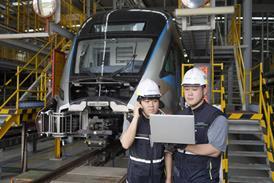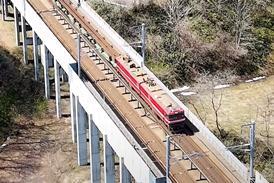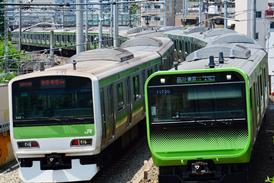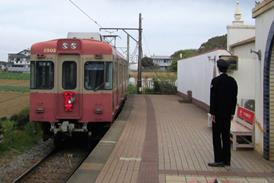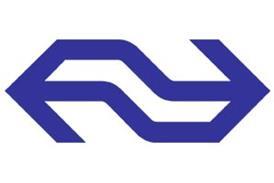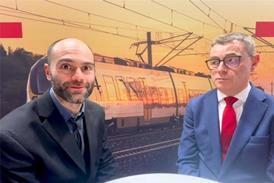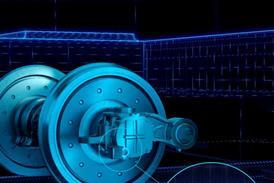Driver-only operation offers cost savings, but the associated equipment - cameras, TV monitors and mirrors - are prone to vandalism. To view train doors, the driver must be able to stop the train accurately at the viewing point, and it is often difficult to continue to view the area around the doors as the train departs. Platform curvature and varying train formations cause further complications.
Redwing overcomes these problems by relocating the viewing screens inside the driver’s cab, with miniature cameras placed in secure positions to reduce risk of vandalism.
As the train approaches a station, a track-mounted detector activates the platform cameras. The processed images are beamed from infrared transmitters mounted on the platform edge to a receiver on the front of the train. The signal is then processed into a video image, and displayed on flat screen LCD colour monitors in the cab.
The standard display unit has three screens, which can be split to display up to six images - enough for a 12-car formation. For shorter trains the images can be shown on full screens, which could also be used to monitor on-train CCTV images if required. Video signal transmission occupies three of the four channels available, allowing the fourth to be used to download passenger information to the train.
Racal-BR Telecommunications
London, Great Britain
Reader Enquiry Number 139

